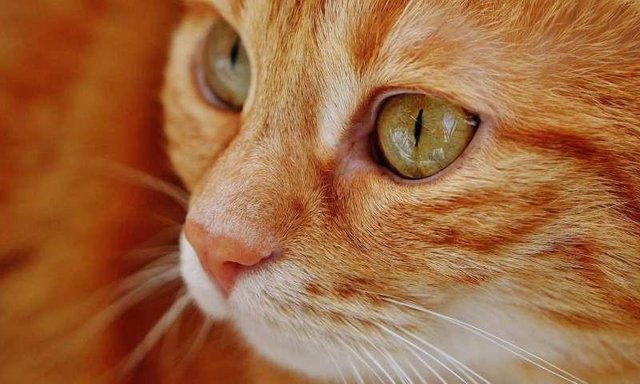Cats found to like humans more than thought

A trio of researchers with Oregon State University and Monmouth University has conducted experiments with cats, and has found that they appear to like humans more than expected. In their paper published in the journal Behavioral Processes, Kristyn Vitale Shreve, Lindsay Mehrkam and Monique Udell describe their experiments and their plans for conducting additional experiments to better understand cat motivations.
Cats have a reputation as being stand-offish and somewhat distant—some have suggested they only hang around their owners because of the easy meals. But they may actually like their owners more than their reputation suggests, the researchers with this new effort found. They point out that cats may simply be misunderstood, noting that recent research has found that cats have complex socio-cognitive and problem solving abilities. They suggest further that the commonly held belief that cats are less reactive to social stimuli might be due to a lack of knowledge regarding the things that cats actually find stimulating.
To assess the degree to which cats like (or are stimulated by) certain things, the researchers tested reactions from two groups of 19 cats each—those living with people and those living in a shelter. The cats were kept sequestered for two and a half hours and were then watched as they were presented with three items from one of four category types: food, scent, toy and human interaction. The researchers mixed up the stimuli for the different cats to get a better read on which they found the most stimulating.
The degree of preference for any one stimulus was judged by which stimulus the cat went for first and how and for how long it interacted with it.
The researchers report that they found clear variability among the cats regardless of home type, but overall social interaction with humans was the stimulus most preferred—half of the cats chose interacting with a human above anything else offered, which included food—they spent on average 65 percent of their time interacting with a person. This, the researchers suggest, shows that cats really do like being around their human owners, despite how they might behave around them.
Abstract
Domestic cats (Felis silvestris catus) engage in a variety of relationships with humans and can be conditioned to engage in numerous behaviors using Pavlovian and operant methods Increasingly cat cognition research is providing evidence of their complex socio-cognitive and problem solving abilities. Nonetheless, it is still common belief that cats are not especially sociable or trainable. This disconnect may be due, in part, to a lack of knowledge of what stimuli cats prefer, and thus may be most motivated to work for. The current study investigated domestic cat preferences at the individual and population level using a free operant preference assessment. Adult cats from two populations (pet and shelter) were presented with three stimuli within each of the following four categories: human social interaction, food, toy, and scent. Proportion of time interacting with each stimulus was recorded. The single most-preferred stimulus from each of the four categories were simultaneously presented in a final session to determine each cat's most-preferred stimulus overall. Although there was clear individual variability in cat preference, social interaction with humans was the most-preferred stimulus category for the majority of cats, followed by food. This was true for cats in both the pet and shelter population. Future research can examine the use of preferred stimuli as enrichment in applied settings and assess individual cats' motivation to work for their most-preferred stimulus as a measure of reinforcer efficacy
nice post :)
Grown cats have 30 teeth. Kittens have about 26 temporary teeth, which they lose when they are about 6 months old.